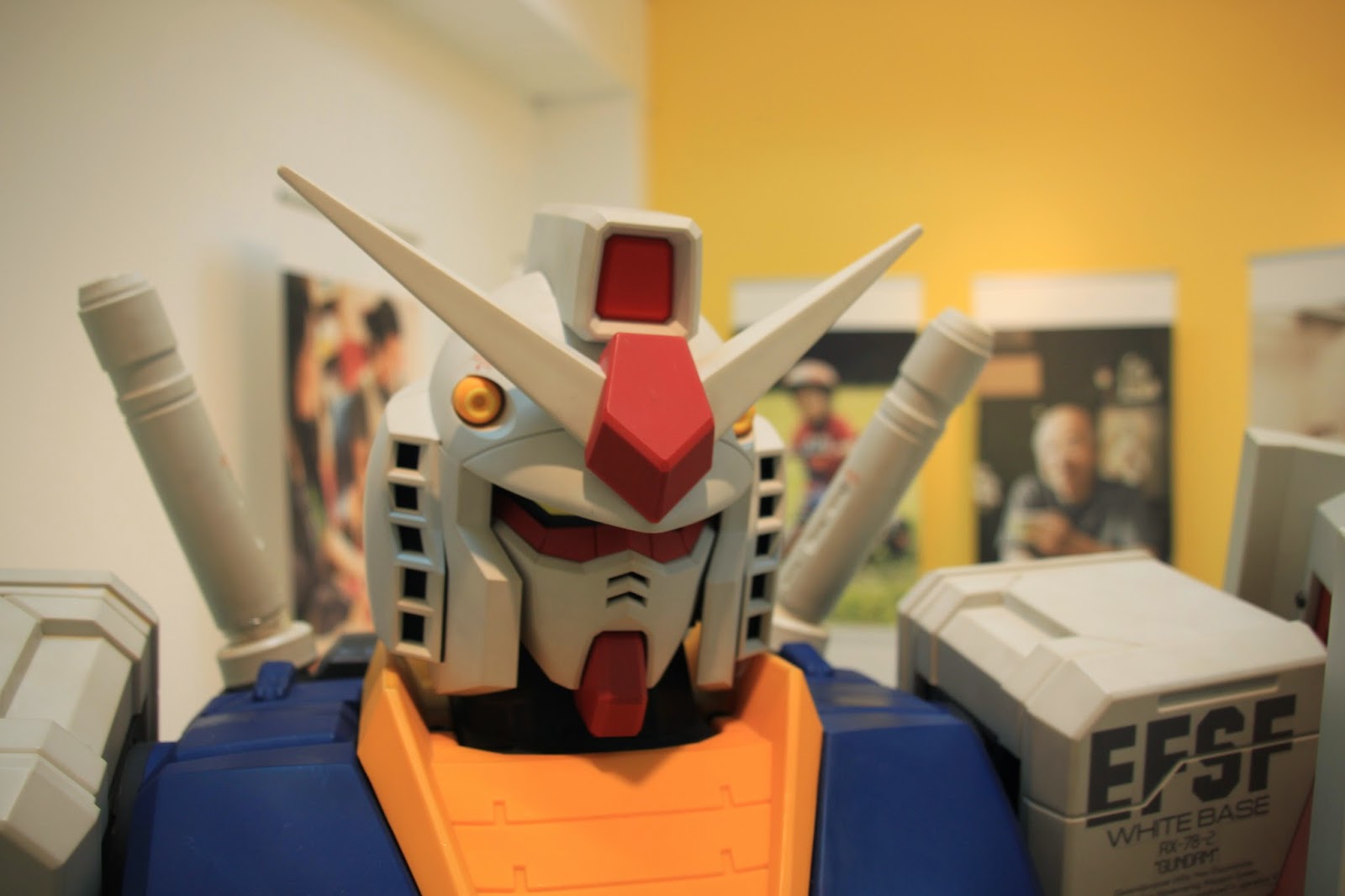Fantasy meets reality - Japanese cartoon characters come alive at National Gallery
 |
| Mobile Suit Gundam |
Doraemon may never have come to Araki’s rescue, but the unequivocal faith and she and almost all Japanese have on the manga, (translated “impromptu sketches”), makes them more than cutie pies with cutie smiles and more profound than mere figurines of a plasticated pop culture.
integral part of culture
“These cartoons and characters are an integral part of Japanese culture,” Hiromoto Oyama, first secretary at the Embassy of Japan in Jamaica, who grew up eptomising the gigantic robot Manziger Z.
“Through them,” Oyama continued, “we get reinforced key and core values and customs.”
Oyama said that through manga, every Japanese learns the way of life, how to make friends and learn basic human instincts.
 |
| Aspects of manga in day to day life in Japan |
It doesn’t end here, even lunches packed for children are artistically arranged using vegetables and fruits with the faces of manga characters.
“We are cute people so we have cute characters,” Oyama says.
 |
| Sentokun |
media of knowledge
Cartoons are a media of knowledge and reinforcement of positive values in Japan. “We learn a lot from reading comic books and watching cartoons,” said Araki.
Manga have, since the 1950s, enthralled and awed the people and most are representative of an aspect of the local culture or flavour.
The figure of Sentokun catches the eye, with a chubby face, smiling boyish charm, Sentokun is the mascot of Nara City Office to commemorate the 1,300th anniversary of Nara Heijo-kyo, the ancient capital of Japan, in 2010.
Sentokun, a confluence of energy fields that characterise Nara, has antlers of a deer, an animal which is regarded as a heavenly protector of the city, a face that is reminiscent of Laughing Buddha the pot bellied laughing figurine and has a ‘bindi’, a coloured dot worn by women in India.
 |
| Hello Kitty |
“Sentokun represents the various facets and influences of Nara,” said Oyama.
They also do what most superheroes are supposed to do save the world from the evil forces using their superpowers and array of weaponry emerging out of the robotic costumes.
Mobile Suit Gundam, who packs all that punch with a mobile suit and an array of weaponry to save the world, stands guard to the pink and pretty Hello Kitty room adorned with everything Hello Kitty that one can envisage.
JAPAN: Kingdom of Characters, is a journey to wonderland, which traverses and showcases an important aspect of Japan’s cultural fabric, which is reinforced by manga.
“This is the first time we are exhibiting collections of such nature,” said Executive Director of the National Gallery, Veerle Poopeye.
“Manga tells us what Japan is all about, honesty, hardwork, respect and integrity and we are proud of this culture,” Oyama said.



Comments
Post a Comment